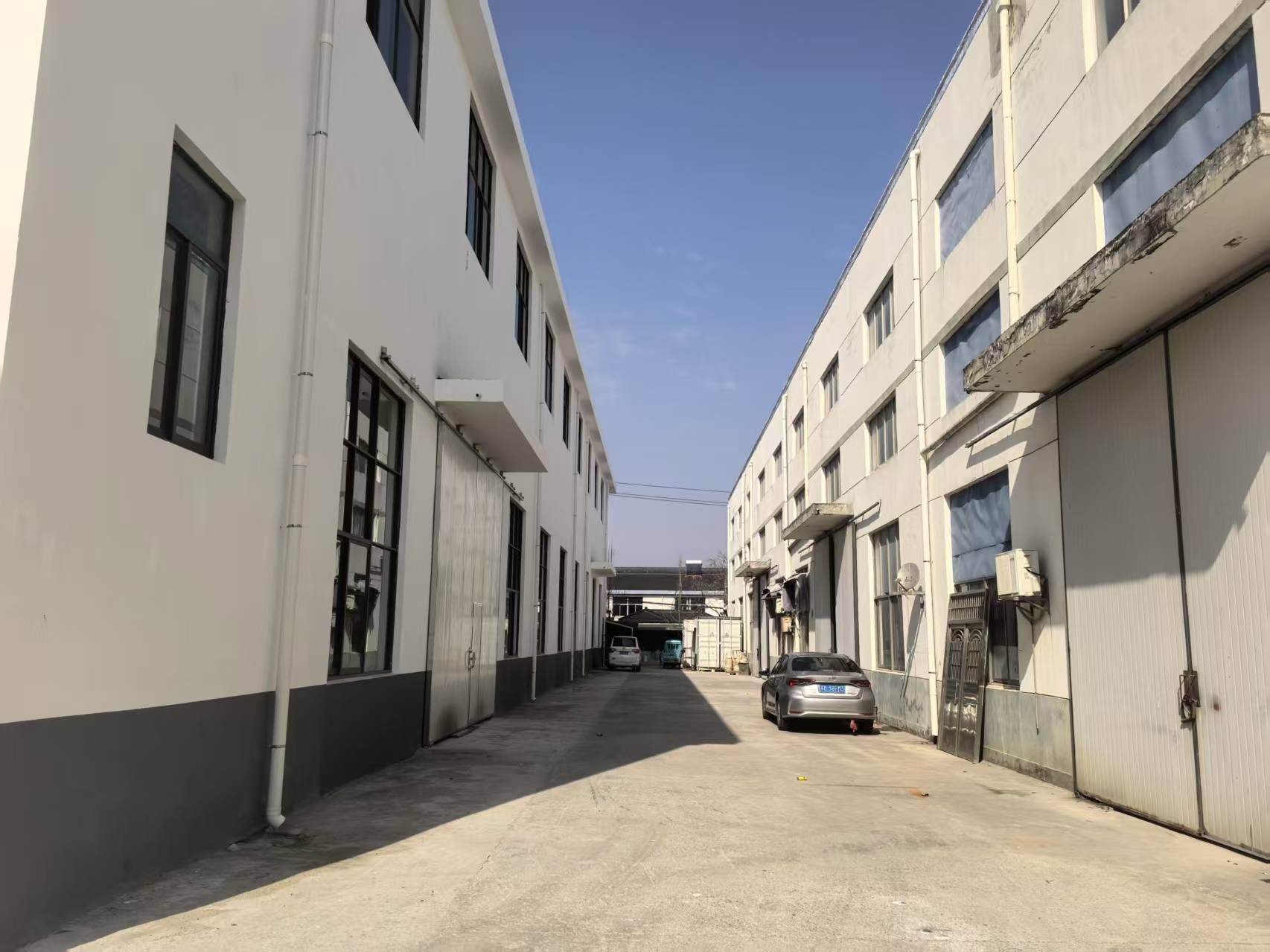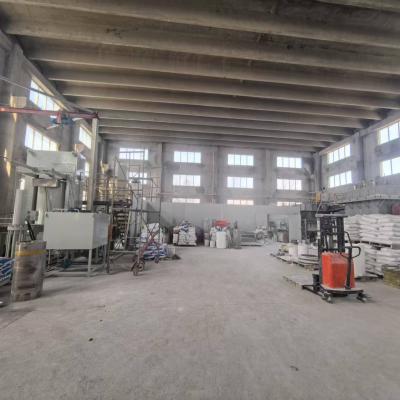
Advanced alloy manifest extraordinary morphological characteristics, enabling them optimal for a wide selection of operations. Developing from aerospace and automobiles to tech hardware, these components are persistently advancing to match the expectancies of a state-of-the-art market.
- Their robustness and defense to extreme atmospheres make them essential for superior devices.
- In addition, technical ceramics deliver edges in terms of efficiency, facilitating the innovation of revolutionary solutions.
Manufacturing Materials: Developed for Superior Efficiency
Assembled ceramics thrive in demanding deployments due to their extra special facets. Engineered from chosen raw ingredients and undergoing thorough processing approaches, these leading substances reveal peerless durability, degradation resistance, and endurance to tough thermal states, deterioration, and chafing. From aeronautics sections to milling tools, industrial ceramics yield superior efficiency across diverse specialties. Their elasticity allows withstanding rugged conditions, confirming survival and dependability. As refinement progresses, the call for cutting-edge resources grows, cementing the dominant role of industrial ceramics in shaping a thriving outlook.
State-of-the-Art Ceramics: Transcending Substance Barriers
Material, displaying remarkable sturdiness and longevity, are in the midst of a revolution. Next-generation ceramics, constructed with precise control over their configuration and microstructure, breaking the thresholds of the extent of feasible. These elements carry a expansive assortment of characteristics, designating them preferable for demanding applications such as flight, clinical field, and resources. From low mass parts that hold up under extreme hotness to medical-grade implants that bond tightly with the human body, advanced ceramics are remodeling our life.
Detailed Ceramic Crafting: Fulfilling Critical Requirements
Advanced ceramic fabrication has improved decisively in recent intervals, authorizing the design of sophisticated and highly practical ceramic modules. These modules are essential across a multifaceted range of sectors, including space, biotechnological, and tech domains. Satisfying the precise standards for these scenarios calls for strict fabrication methods that confirm dimensional accuracy, surface polish, and material characteristics. State-of-the-art ceramic fabrication processes leverage several methods, including slip casting, injection molding, and additive manufacturing. These practices allow the assembly of complex configurations and detailed traits with exceptional accuracy. Above all, advances in material studies have given rise to new ceramic designs endowed with enhanced attributes. These elements boast increased resilience, survivability, and tolerance to drastic thermal conditions, making possible their use in high-end sectors.
The possibilities for fine ceramic fabrication are substantial. As explorations and innovation push on, we can foresee even more refined processes and substances that will additionally expand the boundaries of what is attainable in this domain.
Exceptional Ceramic Forms for Demanding Settings
Advanced ceramic forms exhibit extraordinary strength and endurance against adverse environments, making them well suited for rigorous purposes in orbital domains. These cutting-edge ceramics can tolerate elevated temperature loads, resist damage, and hold their capability under critical load-bearing forces. Their distinctive morphological properties allow solid effectiveness in demanding environments, including hot environments, jet engines, and nuclear plants.
- Advanced ceramic alloys
- Temperature durability
- Optimized lightness
Ceramic Hybrids: Fusing Power and Applicability
Composite materials convey a eminent mix of mechanical robustness and distinct unique characteristics. Through the merging of ceramic components within a copyright, these materials achieve outstanding functionality. This alloy results in heightened immunity against high climatic environments, wearing, and chemical degradation, rendering them appropriate for strict functions in flight, vehicles, and power fields. Furthermore, ceramic composites are adapted to possess distinct properties like electrical conductivity or biocompatibility, enlarging their reach across diverse sections.
Atomic Handling in Next-Generation Ceramics
Realizing expected specifications in progressive ceramics repeatedly compels fastidious regulation over their grain configuration. Numerous handling elements, including sintering thermal setting, stretch, and atmosphere, alongside the mixing of dopants or auxiliary phases, meaningfully influence the disposition of grains, absorption, and other microstructural characteristics. Exact tailoring of these variables allows for the growth of resilience, cracking tolerance, and heat transfer conductivity. Namely, boosting the sintering firing temperature can foster grain development, thus increasing compression and improving mechanical strength. Conversely, controlling the firing atmosphere may shift the oxidation position of the ceramic, thereby influencing its electrical capacitance or magnetic attributes. Perceiving these relationships between microstructure and properties is paramount for creating advanced ceramics with designed ability suitable for extensive deployments.
Friction-Resistant Ceramics: Elevating Toughness
For challenging production fields, where parts are subjected to constant scoring and deterioration, compounds with high hardness are fundamentally necessary. Wear-resistant ceramics have emerged as a key remedy, providing unparalleled robustness and effectiveness in multiple realms such as industry, mining, and aerospace. These modern composites possess a singular internal formation that strengthens their ability to oppose wear. By using the native robustness and substance of ceramic materials, engineers can develop tough elements capable of withstanding the most harsh operating locales.
Biocompatible Materials: Roles in Health Industry
Health-safe ceramics have changed the therapeutic realm, offering an array of advantageous properties for multiple functions. These substances are non-toxic within the anatomy, minimizing host defense responses and facilitating repair. A prime purpose for biocompatible ceramics is in surgical implants, where their sturdiness sustains long-lasting backing to damaged cells.
Moreover, they are employed in prosthetic teeth, providing a strong and beautiful solution for tooth restoration. Ceramics also hold a key responsibility in drug administration, permitting the targeted application of medicines to specific sites within the flesh.
- Besides, biocompatible ceramics are growingly being analyzed for organ regeneration, serving as a scaffold for repair.
- Consequently, the road ahead of biocompatible ceramics in medical science looks promising, with continual investigations expanding their roles.
Precision Ceramic Sensors: Driving Consistent Determinations
Advanced measuring ceramics have surfaced as key units across a comprehensive array of fields. These devices employ the peculiar dimensions alumina plate of ceramic materials to deliver highly precise quantifications. Their strength in {demanding|harsh| 